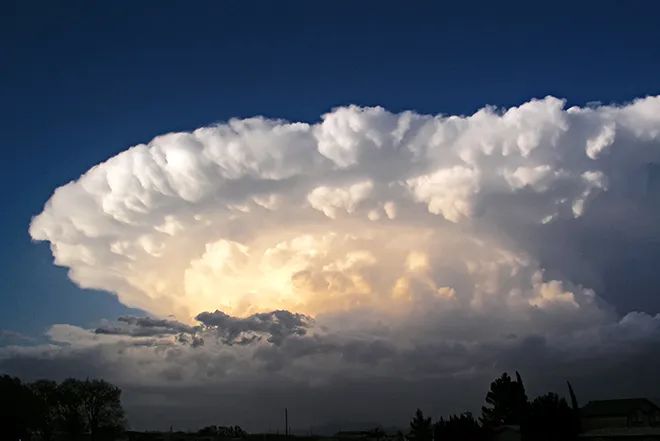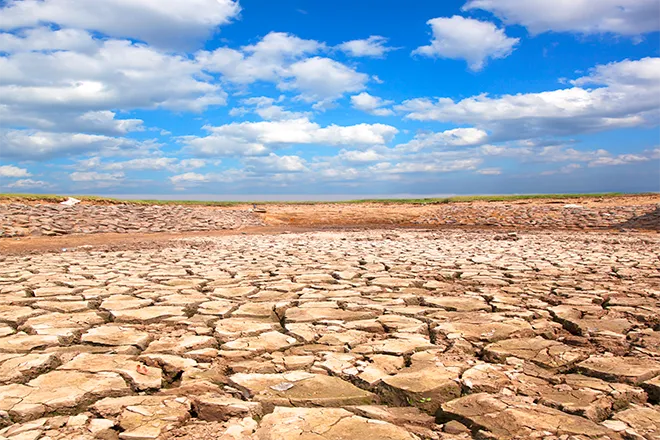
BLM's management plan for Arkansas River heads to Governor Polis
(Colorado News Connection) The Bureau of Land Management's plan for managing 658,000 acres of public lands in central Colorado includes new protections called for by community members, sportspeople, conservationists and thousands more who submitted public comments.
But it also leaves the majority of landscapes along the Arkansas River between Salida and Canon City open for oil and gas leasing.
Jim Lockhart - president of the group Wild Connections - said protecting these lands is critical for wildlife that call the area home, and for outdoor recreation.
"And it's very important for the communities which increasingly rely on activities - such as recreation, visitorship - that these lands be preserved," said Lockhart. "Because that's what people come to Colorado for, to see Colorado in its natural state."
The Eastern Colorado Resource Management Plan is expected to guide decisions on wildlife, water, cultural resources, recreation areas, conservation areas, oil and gas development, road building, and livestock management for decades to come.
Nate Porter is the owner of Salida Mountain Sports. He said it's important to protect the area's natural resources in part because they are a significant economic driver for rural economies.
He noted that Colorado's iconic waterways and landscapes draw people from all over the world.
"They spend quite a bit of money at local businesses - from restaurants to hotels to retail shops, art galleries, you name it," said Porter. "People coming to recreate in this area have a bonafide economic impact and economic benefit to the area."
The plan now enters a 30 day public protest period, and goes to Governor Jared Polis - who has 60 days to review it for consistency with state policies.
Lockhart said his group will continue to urge the BLM to protect critical wildlife habitat, and the tracts of land that make it possible for animals to connect with winter and summer ranges.
"As the climate changes, the places where wildlife are able to inhabit change also," said Lockhart. "And there has to be a way for them to move on. Not only the core areas themselves, but also the routes by which they might migrate to and from these areas."
Support for this reporting was provided by The Pew Charitable Trusts.

















